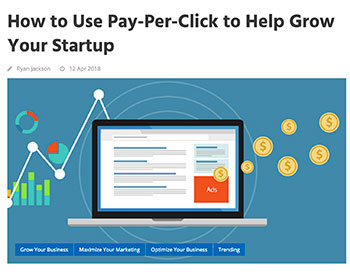

Over the course of the last decade, mobile internet usage has increased dramatically.
In fact, according to Statista, 52.7 percent of global mobile phone owners used their device to access the internet in 2015; a figure which is expected to rise to more than 60 percent by the end of 2018.
In addition, Google announced last year that more searches now originate from mobile devices than from desktop computers, meaning search engine consultants must concern themselves with mobile more than ever. Here, we take a look at some of the top strategies and practices for achieving mobile SEO optimisation.
1. Adjust Titles and Meta Descriptions
On a mobile, search engine results pages display less text than on a desktop, meaning your site has less space to get its point across. Make sure you have adjusted your titles and meta descriptions, making them snappy and concise so that users searching from their mobile get all the information they need.
2. Tell Google You Are Mobile Optimised
In recent times, Googles algorithms have advanced to the point where the search engine can detect whether your website has been optimised for mobile. To do this, its crawlers look for code snippets, which tell it how your website reacts to clicks from mobile users. In general, you have a choice of three options:
- Responsive Design - Your website detects that a user is on a mobile and adjusts the site accordingly.
- Dynamic Design - Your website detects that a user is on a mobile device and loads slightly different content for them than it would for a desktop user.
- Mobile Site - You have a completely separate site for mobile users, often with an "m.domain.com" address.
Overall, bear in mind that responsive design is best for SEO purposes, as Google can detect it easily and prefers it- However, it does support all three solutions.
3. Take Advantage of Local Searches
More than half of all mobile searches carried out on the go have local intent, meaning the user is looking for a solution in the nearby area. If your business relies on local custom, make sure your website is optimised for local search. Any top search agency will know how to include your address and contact details in the websites metadata and add them to services like Google My Business Local Listings, allowing mobile users to call or use Google Maps to find you.
4. Use HTML5 Rather Than Flash
Finally, while many websites still insist on using it for special effects, Flash is becoming outdated and many mobiles dont support it, meaning content wont be displayed. This will inevitably increase your bounce rate, so be sure to remove any elements that may alienate mobile users. If you want to make an impact, opt for HTML5 instead.





As we cannot be experts in every relevant subject, we would love to receive 'guest' articles that may be of interest to anyone running their own business or thinking of doing so. ADD YOUR ARTICLE